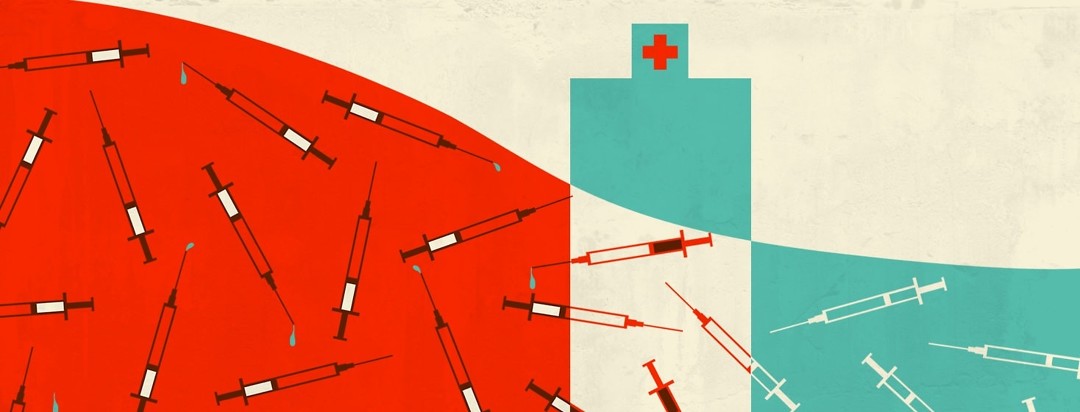Harm Reduction: Safe Consumption Sites and Clean Supplies
In these times, we are all being encouraged to practice a form of harm reduction, or prevention as some of us would call it. Mostly, "prevention" refers to risks associated with things like the flu, cancer, etc. It is also something we hear about in my work with hep C, as it applies to substance use and the risk of overdose and blood borne infections like hep C; Prevention is an important function. Critical, really.
Challenges for people who use drugs
There are many people who have no real understanding of the challenges and barriers that people who use substances face. As a society, we have yet to fully embrace the impact that harm reduction can have in preventing overdoses, saving lives, and preventing the transmission of hep C. It is something that we have learned applies more widely to include outbreaks (like we have seen recently), and is important in this context too.
The overdose crisis
Some of my friends and colleagues in hep C advocacy are very much engaged in harm reduction work with people who use substances, and I applaud their commitment and passion. Most are expressing frustration in the slow pace of changes that can save more people in their communities. The overdose crisis is taking thousands of people’s lives every year, while agencies that are tasked with protecting the public health are slow to act in some places. Some are doing more while others lag far behind. The mobilization of services and programs ranges wildly from place to place. "Can we do more?" is the nice version of what many are saying, while others are demanding action that can and will make a significant difference. I agree, and we have to do better as a society and there are tools that can make that change and are proven in the science.
Eliminating hep C
Preventing the spread of a virus is important, and as we look to the World Health Organization (WHO)'s plan to eliminate of viral hepatitis (which includes hep B and hep C) by 2030 as a goal1, we will need to step up the response here and elsewhere. We need a commitment that has real actions attached, and we need to measure the effectiveness with indicators that prove we are making progress towards the elimination target in 2030.
Saving lives
Like now, we can all play a role in prevention of spread, and as we know now, most new infections are the result of shared injection equipment when people are using substances. The use of these devices in an environment where clean and safe supplies are provided will go a long way to stem new cases. Providing this sort of service will help prevent future transmission and if safe consumption sites are part of the services available with a low barrier to access, we can save people from dying. We need to remove restrictions on treatment access, so that all people can be provided hep C therapy. The more we treat, we know fewer new cases will be seen. It makes sense to me, and if we can move away from the stigma that too often affects decisions that can make a difference in a real way, we will not only eliminate new infection, but will prevent deaths. Have we not seen enough deaths already? Standing up to the stigma and letting our public health agencies know that we support these actions is something we can all do.

Join the conversation